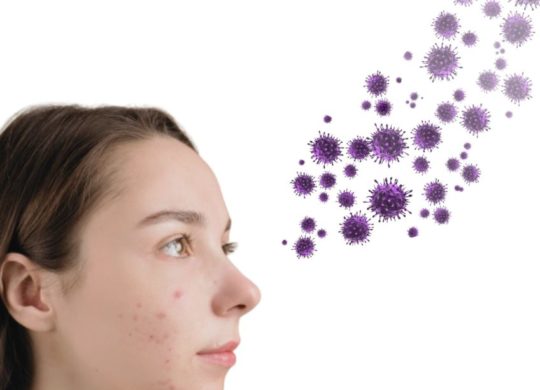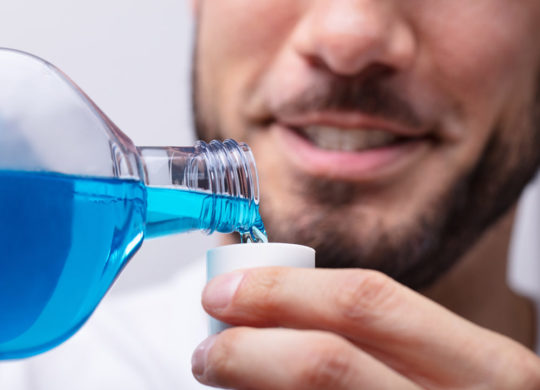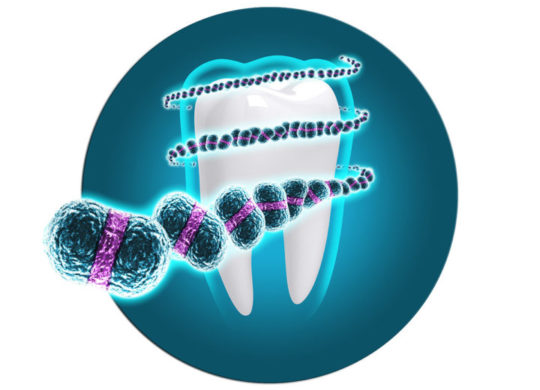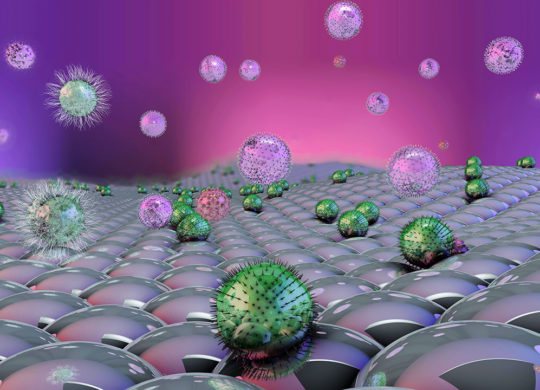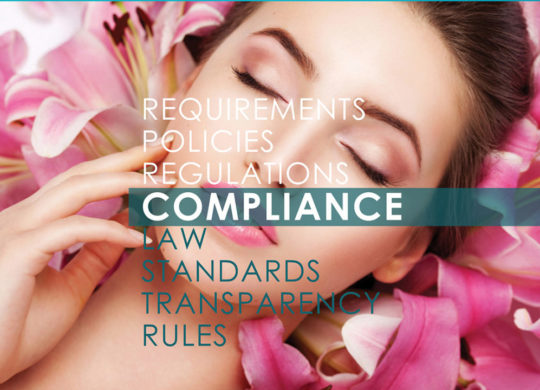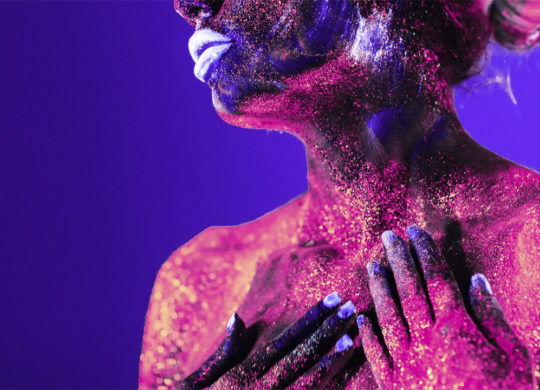The skin has an amazing power to cope with the hostile environment, which comes from an alliance between the skin cells and the microbiome. When this alliance fails because of lack of nutrition, the skin is left unprotected. The skin looks older and loses its healthy glow. preBIULIN FOS can support this crucial alliance under all circumstances and maintains the skin’s beauty and health.
The seductive warrior
Without our skin, life would simply drain away from our body. Our organs would be unprotected from the hostile environment. The skin shields us from both hot and cold weather, from lashing winds and drying atmospheres. With a kamikaze dedication, the skin sacrifices itself to prevent the penetration of UV light into our body. The most critical threat however comes from the resourceful microorganisms. They look at our nutritious proteins with envy. Therefore, they try to colonize our body.
The skin protects us from all that evil in 2 ways:
- The skin forms a barrier made of hard corneocytes cemented together with a mixture of lipids and hydrophilic components. The ingenious chemical structure of the wall prevents hostile substances from penetration. The wall is also extraordinarily smooth. Pathogens have no chance to attach to the surface and to colonize deeper the body.
- Should any substance or microorganism succeed in breaching the wall, they will face a ferocious army of keratinocytes and mast cells. This skin army uses peroxides, enzymes, proteins, and antibiotics to neutralise the invaders.
Every great warrior needs a great shield. It does not matter how resourceful the skin barrier is, the microorganisms are always far more resourceful. Fortunately, the skin is supported by an endless intelligent and highly adoptable shield: the skin microbiota. This microbiota-shield is eternally connected to the skin. Together, they have become one organ, one barrier (1). Thanks to the rich arsenal of antibiotics, acids and enzymes, the skin microbiota has a superior antibacterial, antifungal, and antiviral power (2, 3). The microbiota is more than merely an anti-microbial protection. It also provides microbial hydration, supports the skin in its fight against UV-light (4) and prevents the formation of skin destructive free radicals. In some cases, the skin microbiota can even exert an anti-carcinogenic power (5).
The skin is truly our most brave organ, but that is not all. Still one more gigantic task is waiting. The skin also defines our beauty. During this continuous epic battle with the environment we want the skin to stay radiant, flawless, smooth, and wrinkle-free. A fallen skin leads to skin problems such as acne, psoriasis, eczema, dandruff and so much more. Skin problems often cause depression. Not exceptionally this leads to suicide. That is to say, a healthy skin protects us in so many unimaginable ways.
The skin-fuel
The whole protective organisation of the skin requires a substantial amount of energy. The skin is therefore fuelled with blood, rich in energy, essential fatty acids, vitamins, minerals, and proteins. All these supplies support the skin cells in forging anti-microbial weapons, producing protective lipids, and crafting the bricks for the wall.
The skin microbiota however is not supplied with these high energy nutrients. It needs to survive on the garbage from the skin laying on the arid surface: the fallen corneocytes, damaged skin lipids, dried sweat, and oxidized sebum. Instead of fighting with each other for the best food, members of the skin’s protective microbiota form an alliance to recycle the food for each other. Food molecules are transformed and reused many times amongst the microbial community. Beside sharing food, they also share their anti-microbial arsenal. The combination of all their antibiotics is invincible. Their unity is their strength to survive and to perform their protective mission for the skin.
As microorganisms have no mouth, nor teeth, they need to transport the food through their membrane. Most of the proteins and polysaccharides are too large and need to be cut into smaller pieces. The microorganisms use enzymes to cut their food, so it can be transported through their membrane. In the food web (Figure 1) the S epidermidis, for instance, digest the keratin of the corneocytes and transforms it into lactates. Lactates can be digested by the Cutibacteria, who transforms it into propionates, which is amongst others food for the Micrococci. The Micrococci makes out of his food several amino acids, which feed all the resident skin microbiota members. The food is only shared and distributed amongst the own protective microorganism. Foreign microorganisms and pathogens cannot access the food provided by the skin. In this way pathogens are at a disadvantage to survive on and in the skin.
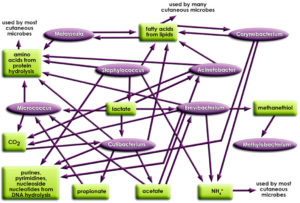
Figure 1: The food web
The influence of ingredients
A well-functioning skin microbiota allows the skin to perform well and to stay attractive. When the skin microbiota malfunctions, the skin needs to cope with too many penetrating pathogens and free radicals. The skin comes in a high state of alert, which evolves into stress, inflammation and even damage. The skin ages and loses its beauty.
One of the causes of a malfunctioning skin microbiota is the use of cosmetic products. The ingredients unintentionally interfere with the food web or even block the balanced food supply. In table 1 the influence of invasive ingredients is demonstrated.
- Ethanol used in hand sanitizers not only annihilates the whole microbial community, but moreover steals away the precious lipidic food (skin lipids and sebum). This makes it hard for the microbiota to recover. Therefore, ethanol kills more than 90% of the microbiota and the reappeared skin microbiota afterwards is still for more than 60% disturbed and cannot protect yet the skin.
- Surfactants eliminates also the lipidic food and disturbs the skin microbiota, which means that the microbial protection is weakened after using surfactants. Its recovery becomes more difficult.
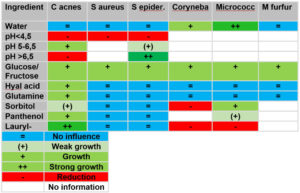
Table 1: Effect of substances on different microorganisms.
preBIULIN FOS: a prebiotic strategy to strengthen the microbial alliance.
The reason why the skin microbiota is not always recovering after a chemical attack, is that the food it receives from the skin is limited and not very nutritious. A strategy to support the skin microbiota to recover more efficiently, is to provide a prebiotic. A prebiotic is both nutritious and bio selective. Biological selectivity is extremely crucial; the prebiotic only benefits the protective microbiota and not the undesirable microorganisms.
preBIULIN FOS, a highly purified inulin is a suitable candidate:
- It is compatible with most cosmetic ingredients, especially with invasive ingredients such as ethanol, surfactants, acids, ….
- It feeds important, but harmless members of the food web such as Brevibacteria, Microccoci and Corynebacteria.
- It does not feed pathogenic microorganisms.
- It does not directly feed skin microbiota members that can also cause infections such as S epidermidis or C acnes. If needed, they are indirectly supported through the food web.
preBIULIN FOS: the results
To demonstrate the supporting effect of preBIULIN FOS, one hand was treated with 40% ethanol. The other hand was treated with 40% ethanol enriched with 1% preBIULIN FOS. The microbiota was identified with DNA-sequencing just before the treatment and 4 h after the ethanol disturbance. The results are demonstrated in Figure 2. With ethanol alone, only 1/3 of the skin microbiota recovered after 4 h, while 2/3 was still out of balance and cannot protect the skin properly. When the ethanol is enriched with preBIULIN FOS, more than 2/3 of the skin microbiota recovered. The skin microbiota can now faster rebuild the intelligent and resourceful shield for the skin.
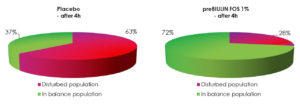
Figure 2: Supporting effect of preBIULIN FOS in microbiota recovery
It has been observed that ethanol together with preBIULIN FOS disinfect more efficiently than ethanol alone (Figure 3). Most likely because a faster recovered skin microbiota restores faster its anti-microbial power.
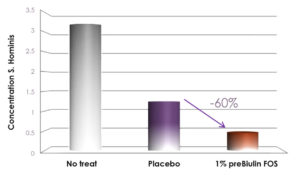
Figure 3: Antimicrobial effect of ethanol with preBIULIN FOS
Similar conclusions have been demonstrated with other preservatives and with surfactants.
Conclusion
The use of highly purified inulin is a valuable ingredient to support cosmetic formulations in protecting and maintaining the skin’s health and attractive appearance.
References
- Scotti et al. Exploring the microbiome in health and disease: Implications for toxicology. Toxicology Research and Application. 2017; Vol I: 1-37.
- Chen et al. Skin microbiota-host interactions. 2018 ; 553 : 427-436.
- Saeed et al. Antiviral Activity of Staphylococcin 188: A Purified Bacteriocin Like Inhibitory Substance Isolated from Staphylococcus aureus Research Journal of Microbiology, 2: 796-806.
- Patra et al. Skin Microbiome Modulates the Effect of Ultraviolet Radiation on Cellular Response and Immune Function. 2019; Vol 15: 211-222.
- Nakatsuji et al. A commensal strain of Staphylococcus epidermidis protects against skin neoplasia. Sci. Adv. 2018; 4: eaao4502.
- Revealing the skin microbiota. In-cosmetics Formulation Summit. 2017
Contact US
GOBIOTICS BV
Jac Jansenweg 7
4631 SL Hoogerheide
The Netherlands
